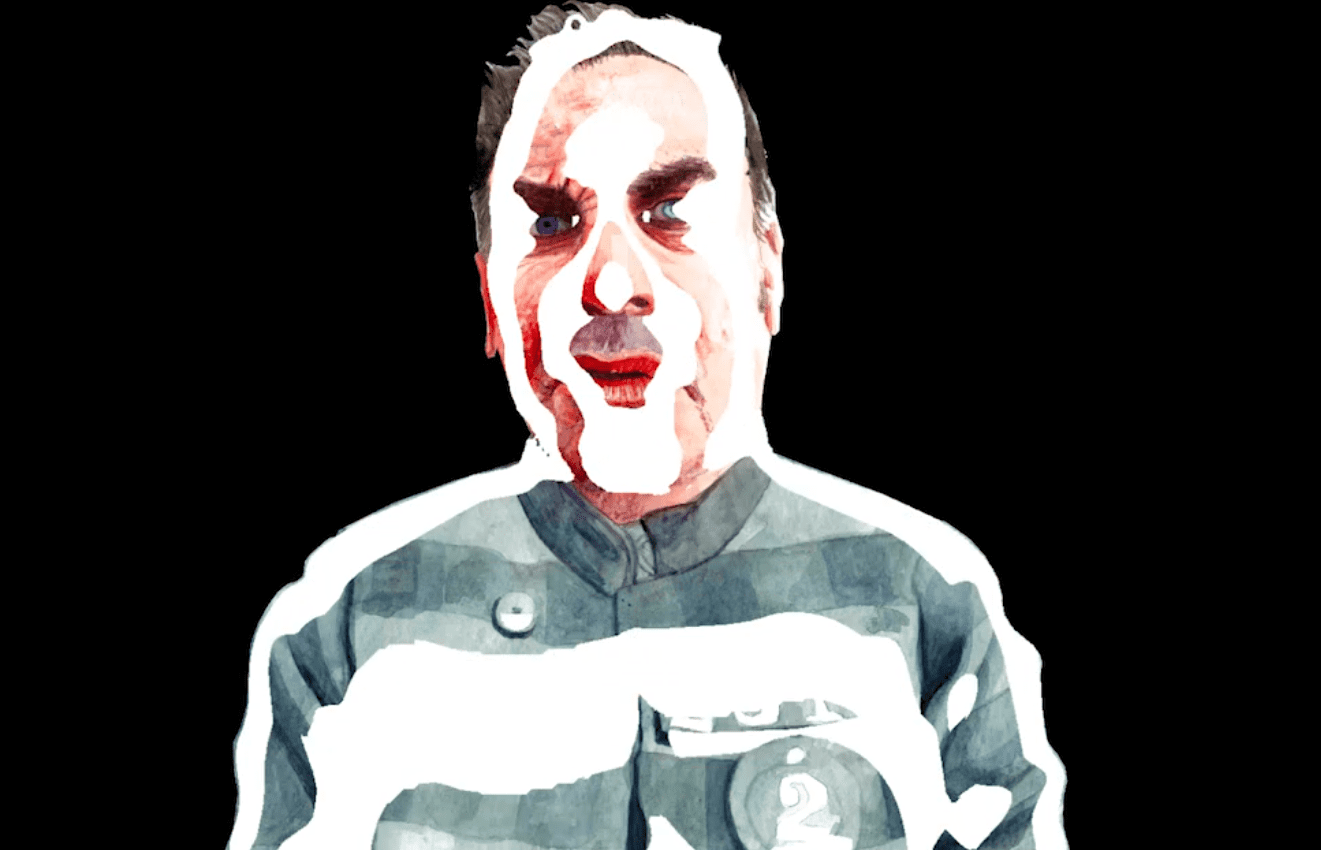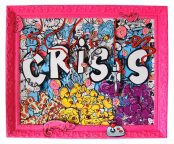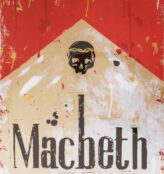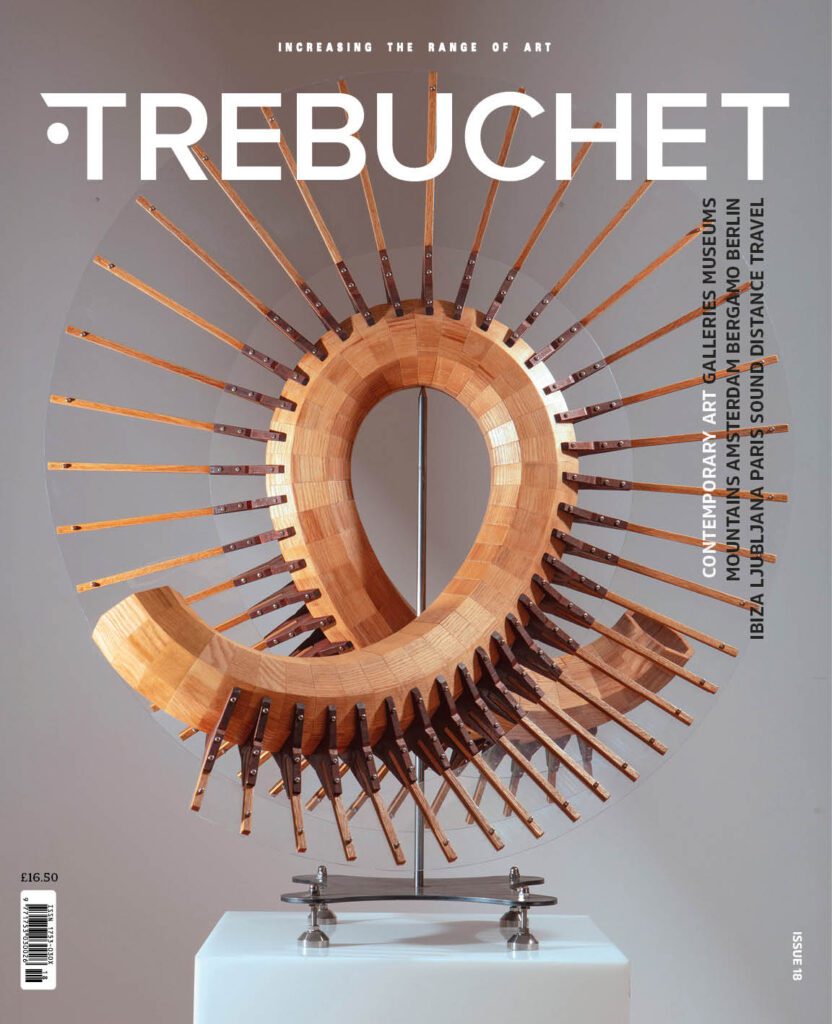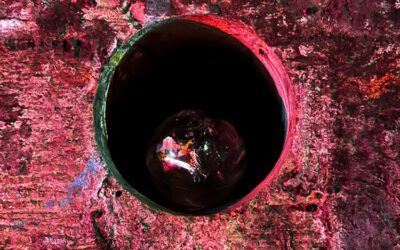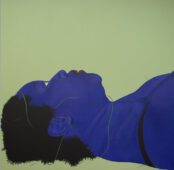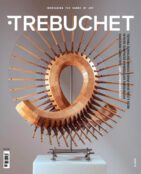With Frieze making itself known through the clamour and tsunami of PR emails it’s easy to lose sight of the other creative world.
The dark and mysterious side that rarely seeps through to the bright white cubes of chardonnay and vol-au-vents. The shadow communities that reside in what has been variously described as countercultural, alternative, outsider or urban, before such terms become gentrified and evict the artists they once housed.
Fear not, this isn’t an article that decries the unfair way culture discovers and appropriates, which though true is a methodology itself ubiquitous and gentrified. Here, Trebuchet wants to take you by the pale hand and re-introduce you to a subcultural phenomenon that exists in most major cities and has done so for the better part of 50 years. The pirate art broadcast station.
At this stage you’ll be aware of Resonance FM in London and some flickering memories of a few vital years will be rustling the house keys. However, going deeper there is a whole world of underground broadcast with even less state sanction and perhaps more rebellious gusto.
In France Radio Mulot is one such station. Championing sonic art since 1997 and peopled by a vibrant, if purposely anonymous, urban cadre of dystopian artists, they are primarily supported by the sweat, charas and cider of committed volunteers. However, at some point money is needed and with a sense of piratical glee an international sortie of artists have donated art and music for two Fieldmice ESVB compilations to fill their meagre coffers and to keep the real radio France flowing free.
“In 1997, too tired to struggle with a locked art market, Julien Mérieau set up an analogue pirate radio station named Radio Mulot / France Museau. The project can be described both as a deviant history of music and a vector of sound manipulations and live experiences, inspired by dadaism, futurism, situationism and of course industrial music culture, as a practice of reverse engineering and a deconstructive approach to radio media and mass media in general, including the World Wide Web.
“The interest for the visual arts is crucial, the transmitter being used just ‘as a pencil’. No radio shows, no jingles, no talk, but instead, chunks of recorded voices, anti-jingles (found sound, etc.), dead writers talking through the voice of mediums, mixed with various soundscapes. The idea is to approach ‘music’ as a dissolving area that reaches and communicates with all kinds of artwork in visual arts, past and present, and the use of Internet and information technology having changed many things within the various forms of ‘music’ including the way to approach it in terms of sound programming.” – Mark Stewart / Rodion
The two volume compilations are sold through Bandcamp and come as specially packaged cassettes (with a digital download) including stickers, notes and artworks. The artwork for Volume 1 is courtesy of Mark Stewart and Peter Harris (BombArt) and has six different front covers and two sets of cassette tape ‘immersive power stickers’ (whatever that is). Volume II has three different front covers and an inner booklet. Which specific cover you receive is random, but that is part of the underground charm.
The compilations are titled Fieldmice ESVB as a nod to the station’s peripheral existence; ‘Fieldmice’ for Radio Mulot and ‘ESVB’ as an homage to the 1 Kw broadcast transmitter that is the heart of the station.
Like the station’s programme itself, the compilation is a representative mix of diverse music intertwined with found sounds, sonic art and non-radio jingles. Contributors includes Mark Stewart (The Pop Group), Ben Hartman (DEFA), Rodion Ladislau Roșca (Rodion GA), R. Stevie Moore, Simon Crab (Bourbonese Qualk), Johnny Hallyday (the real one!), Jack Shirt (Elephant House), The Legendary Pink Dots, Tutoriel, Humbros, TV Coharan, and more.
As part of the release, Mark Stewart and BombArt are premiering the mind-bending video of their track “Un Nebun” on Trebuchet. Watch. Purchase. Enjoy. Live.
Listen to Radio Mulot
http://fieldmice.free.fr/mulot2.htm
Purchase the Radio Mulot compilation
https://radiomulot.bandcamp.com/
Un Nebun Biographies:
Rodion Roșca (Rodion GA)
Because of his early experimentation with recording and effects, Rodion is considered the father of electronic music in Romania. In the early 70s Rodion began experimenting with home recording equipment. In 1977 he formed Rodion GA, with the addition of Gicu Fărcaș and Adrian Căprar. Shockingly for an experimental act, Rodion GA even received radio airplay in Romania during the 80s communist regime of Ceaușescu.
Mark Stewart is an artist, vocalist, producer and songwriter from Bristol. As a founding member of The Pop Group and as a soloist, Stewart has remained an anarchic and pioneering figure since the punk era, a constant source of discordance amongst the frontiers of post-punk, dub, industrial and electronic music.
In a body of work driven by an explosive form of lyricism and inspired by radical politics, protest movements, theory, philosophy, technology, art and poetry, Stewart has fearlessly cultivated a revelatory collision of ideas, ideals and influences throughout an indisputably groundbreaking and seditious career.
Textbeak has quite a history in the industrial, and dark electronic and experimental music, influenced heavily by bands like Coil, Cabaret Voltaire and Skinny Puppy. In 1994, as Bath, he released several albums on Jevan Records. He has since also released music through Cleopatra Records, Moon Sounds, Carlos Perón’s (Yello) Dark Daze Records, Tundra Dubs, 21/22 Corporation, Post Religion, Pale Noir and Lasergun, and appeared on compilations with artists such as Coil, Sleep Chamber, Konstruktivits, and Portion Control.
DEFA (Benjamin Hartman) has been creating and collaborating on music since the early 90s and has been included on many releases with projects Bath, Textbeak, Mulga, and In The Shadow of the Monolith. His style is deeply rooted in dark, electronic, beat-driven visions and layers of blackened frequencies. This type of sonic dissonance was also a feature on his radio show The Dark Phonic Hour of Power. His latest release Digital Debris can be found at Hexx9 Records’ Bandcamp.

The aim of art is to represent not the outward appearance of things, but their inward significance. – Aristotle

